
The Bee Gees were a musical group formed in 1958 by brothers Barry, Robin, and Maurice Gibb. The trio were especially successful in popular music in the late 1960s and early 1970s, and later as prominent performers in the disco music era in the mid-to-late 1970s. The group sang recognisable three-part tight harmonies: Robin's clear vibrato lead vocals were a hallmark of their earlier hits, while Barry's R&B falsetto became their signature sound during the mid-to-late 1970s and 1980s. The group wrote all their own original material, as well as writing and producing several major hits for other artists, and are regarded as one of the most important and influential acts in pop-music history. They have been referred to in the media as The Disco Kings, Britain's First Family of Harmony, and The Kings of Dance Music.
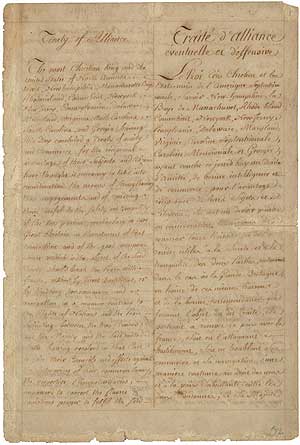
The Treaty of Alliance, also known as the Franco-American Treaty, was a defensive alliance between the Kingdom of France and the United States formed amid the American Revolutionary War with Great Britain. It was signed by delegates of King Louis XVI and the Second Continental Congress in Paris on February 6, 1778, along with the Treaty of Amity and Commerce and a secret clause providing for the entry of other European allies; together these instruments are sometimes known as the Franco-American Alliance or the Treaties of Alliance. The agreements marked the official entry of the United States on the world stage, and formalized French recognition and support of U.S. independence that was to be decisive in America's victory.
The year 1720 in science and technology involved some significant events.

Charles De Geer was an entomologist, industrialist, civil servant and book collector. He is sometimes referred to as Charles the Entomologist, to distinguish him from other relatives with the same name. Charles De Geer came from a prominent Swedish-Dutch family. Born in Sweden, he spent most of his childhood and youth in the Dutch Republic. At the age of 18 he moved back to Sweden and would spend the rest of his life there. Upon his return to Sweden, he took over the management of the ironworks of Lövstabruk. He was a successful businessman and with time became one of the richest men in Sweden, head of an early industry employing around 3,000 people. He had a successful civic career, became Marshal of the Court and was elevated to the rank of friherre (baron) in 1773.

The stitchbird or hihi is a honeyeater-like bird endemic to the North Island and adjacent offshore islands of New Zealand. Its evolutionary relationships have long puzzled ornithologists, but it is now classed as the only member of its own family, the Notiomystidae. It is rare, being extirpated everywhere except Little Barrier Island, but has been reintroduced to two other island sanctuaries and four locations on the North Island mainland. Current population estimations for mature individuals in the wild are 2,500–3,400.
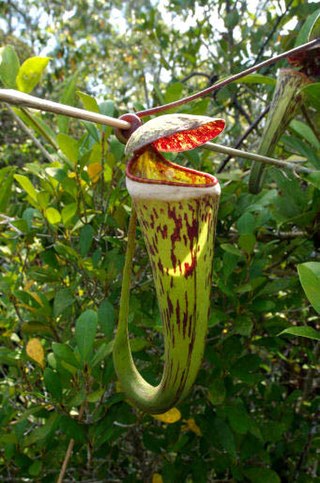
Nepenthes × cincta is a natural hybrid between N. albomarginata and N. northiana.

The Treaty of Amity and Commerce established formal diplomatic and commercial relations between the United States and France during the American Revolutionary War. It was signed on February 6, 1778 in Paris, together with its sister agreement, the Treaty of Alliance, and a separate, secret clause allowing Spain and other European nations to join the alliance. These were the first treaties negotiated by the fledgling United States, and the resulting alliance proved pivotal to American victory in the war; the agreements are sometimes collectively known as the Franco-American Alliance or the Treaties of Alliance.
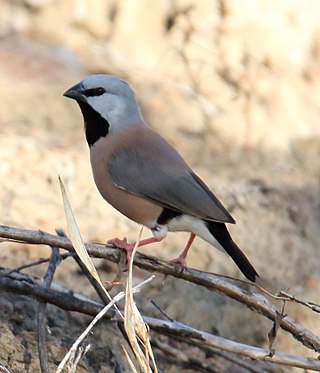
The black-throated finch, or parson finch, is a species of estrildid finch found in grassy woodlands throughout north-east Australia from Cape York Peninsula to central Queensland. The southern black-throated finch is endangered, with a population in decline and its habitat is threatened by development, and has become extinct in New South Wales, while the northern black-throated finch is not listed as threatened at this point.

The banded martin or banded sand martin is a small passerine bird in the swallow family Hirundinidae that is endemic to Africa. It is the only species placed in the genus Neophedina.

The map-winged swift is a moth belonging to the family Hepialidae and has a patchy distribution throughout Eurasia. The species was first described by Charles De Geer in 1778. It was previously placed in the genus Hepialus and some references still place it there.
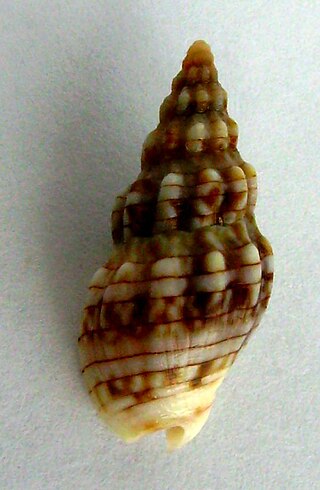
Cominella is a genus of carnivorous sea snails, a marine gastropod mollusc in the family Cominellidae.
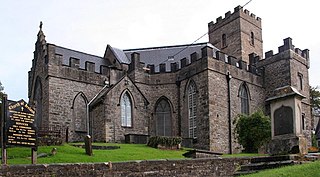
The Dean of Elphin and Ardagh is based in St John the Baptist Cathedral, Sligo in the Diocese of Elphin and Ardagh within the united bishopric of Kilmore, Elphin and Ardagh of the Church of Ireland. The dioceses of Elphin and Ardagh were merged in 1841. The original cathedral had been destroyed by military action in 1496 and the original diocesan cathedral was damaged by a storm in 1957 and abandoned in 1961.

HMS Racehorse was an 18-gun ship-rigged sloop of the Royal Navy. Originally the French ship Marquis de Vaudreuil, she was captured by the Royal Navy in 1757 and refitted as a survey vessel for the 1773 Phipps expedition towards the North Pole. Renamed HMS Thunder in 1775, she was captured back by the French in 1778.
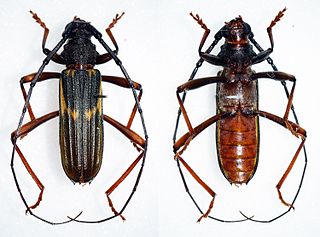
Bothriospilini is a tribe of beetles in the subfamily Cerambycinae, containing 11 genera which have a primarily neotropical distribution. The tribe was proposed in 1950 by Brazilian entomologist Frederico Lane as a member of the new subfamily Bothriospilinae, and with Bothriospila assigned as the type genus. The tribe is morphologically close to the tribe Torneutini, with which it has in common the same shape of the last abdominal segment, which is wide and largely braided in the female, as well as the anterior thigh cavities that are open from behind and the laterally open medial cavity.

Events from the year 1720 in Sweden

Diadumene cincta is a small and delicate, usually orange, sea anemone. It has a smooth slender column and up to 200 long tentacles, and normally grows to a length of up to 35 mm (1.4 in), with a base of 10 mm (0.4 in), but specimens twice this size have been recorded. Diadumene cincta is found in the northeastern Atlantic Ocean.

Dischista is a genus of beetles in the family Scarabaeidae, subfamily Cetoniidae. It was first described in 1842.

The De Geer family is a prominent industrial family of Walloon origin that belongs to the Swedish and Dutch nobility.

Dischista rufa is a beetle in the genus Dischista, belonging to the family Scarabaeidae. It is found in South Africa.


















